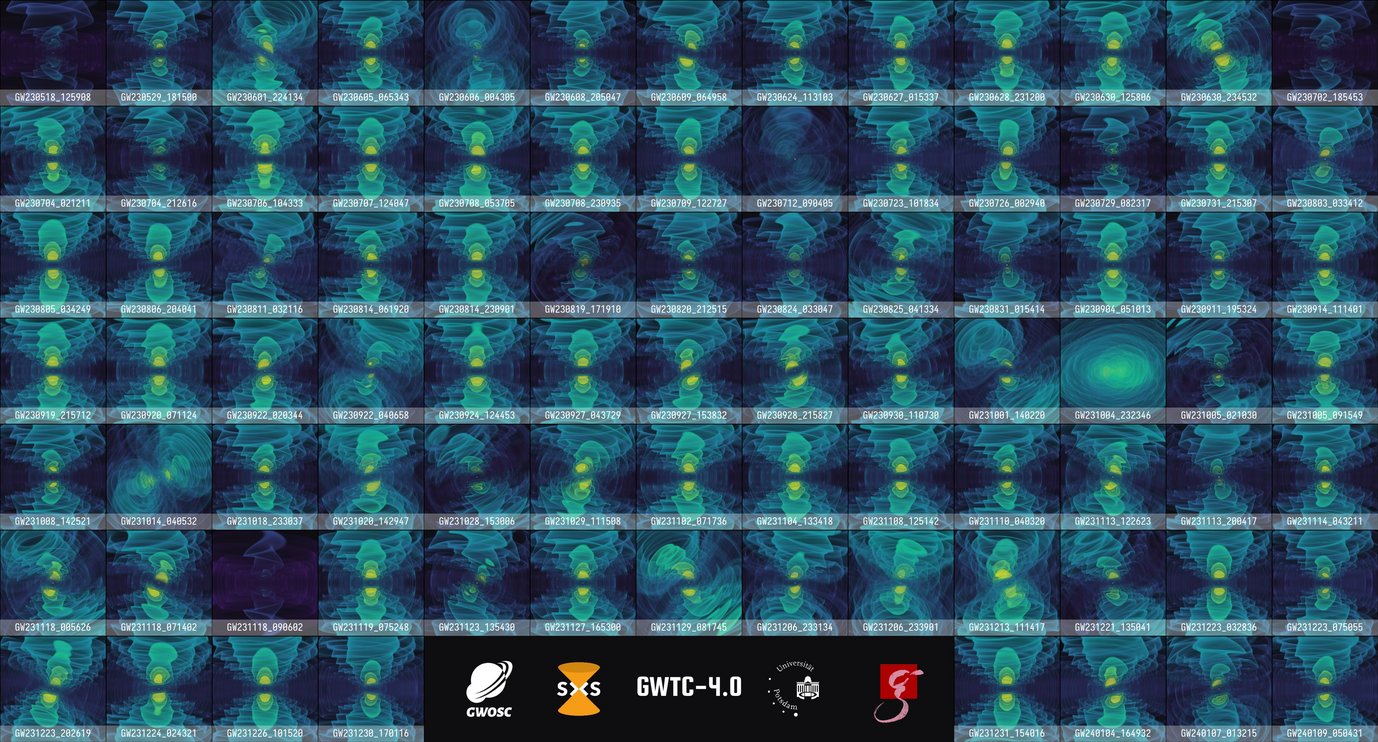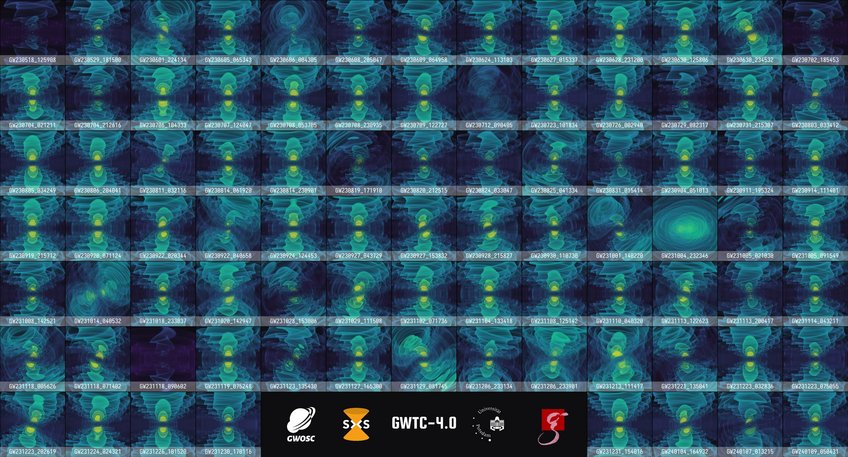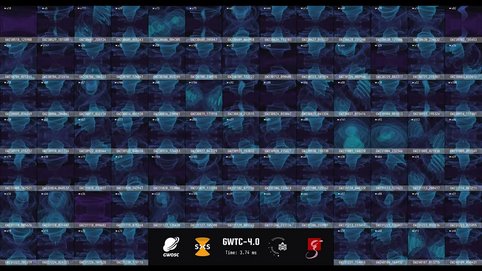Doubling the gravitational-wave transient catalogue
LIGO-Virgo-KAGRA researchers at the Max Planck Institute for Gravitational Physics and at Leibniz University Hannover make significant contributions to detect and analyze new gravitational-wave candidates
The LIGO-Virgo-KAGRA (LVK) collaboration has today released new results from the first part of the fourth observing run (O4a), which took place from May 2023 to January 2024. The scientists discovered 128 new gravitational-wave (GW) signals in the data, all of which originated from mergers of black hole and neutron star - black hole binaries. Two of the signals were observed with unprecedented clarity. Alongside releasing the strain data, the researchers have published version 4.0 of the Gravitational Wave Transient Catalogue (GWTC-4.0), which contains lists of candidate signals and measurements of their properties. The collaboration is also publishing a set of papers to accompany the catalogue. These papers have been submitted to the Astrophysical Journal Letters for publication as a Focus Issue.

The Max Planck Institute for Gravitational Physics contributed to this success
Improvements in detector sensitivity and analysis techniques led to more detections than in previous observation runs. Scientists at the Max Planck Institute for Gravitational Physics (Albert Einstein Institute, AEI) and at Leibniz University Hannover, including many PhD students and postdoctoral researchers, have contributed to this achievement:
- Researchers at the AEI provided the high-power pre-stabilized laser system for Advanced LIGO, and have developed and tested upgrades to the main laser source currently being used in the LIGO instruments.
- The amplifier stage of the current laser sources in the Virgo and KAGRA instruments is based on developments and tests carried out by a collaboration between the AEI in Hannover and the Laser Zentrum Hannover.
- AEI researchers have developed sophisticated waveform models that are used to distinguish real cosmic sources from random fluctuations and terrestrial disturbances that appear in the detector.
- The waveform models used as templates to detect binary black holes and neutron-star—black-hole binaries were developed at the AEI. These state-of-the-art waveform models, augmented with spin-precession effects, are also employed for production runs on the signal candidates to infer their astrophysical and cosmological information.
- Another waveform model, developed at the AEI, includes the effect of mode asymmetry and the resulting 'kick', and is used in the analysis.
- Scientists at AEI have used signal candidates to search for deviations from general relativity.
- Neural network-based parameter estimation methods developed at the AEI provide a rapid and accurate way to infer the properties of binary black hole mergers.
The scientists are presenting a detailed analysis of 86 of the new signals in the catalogue, 84 of them binary black hole mergers, 2 black-hole–neutron-star mergers. In addition, the researchers found a further 42 signals that are most likely to have been produced by astrophysical sources. In total, 218 gravitational-wave candidates have been detected so far – 90 from the first three observing runs and 128 new ones.

